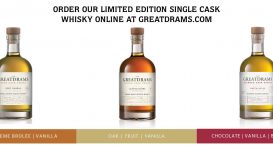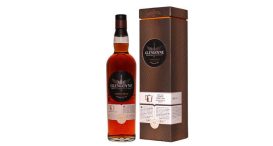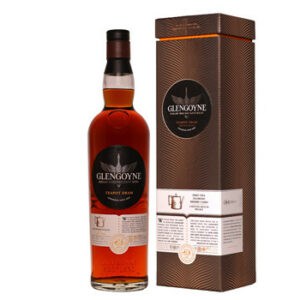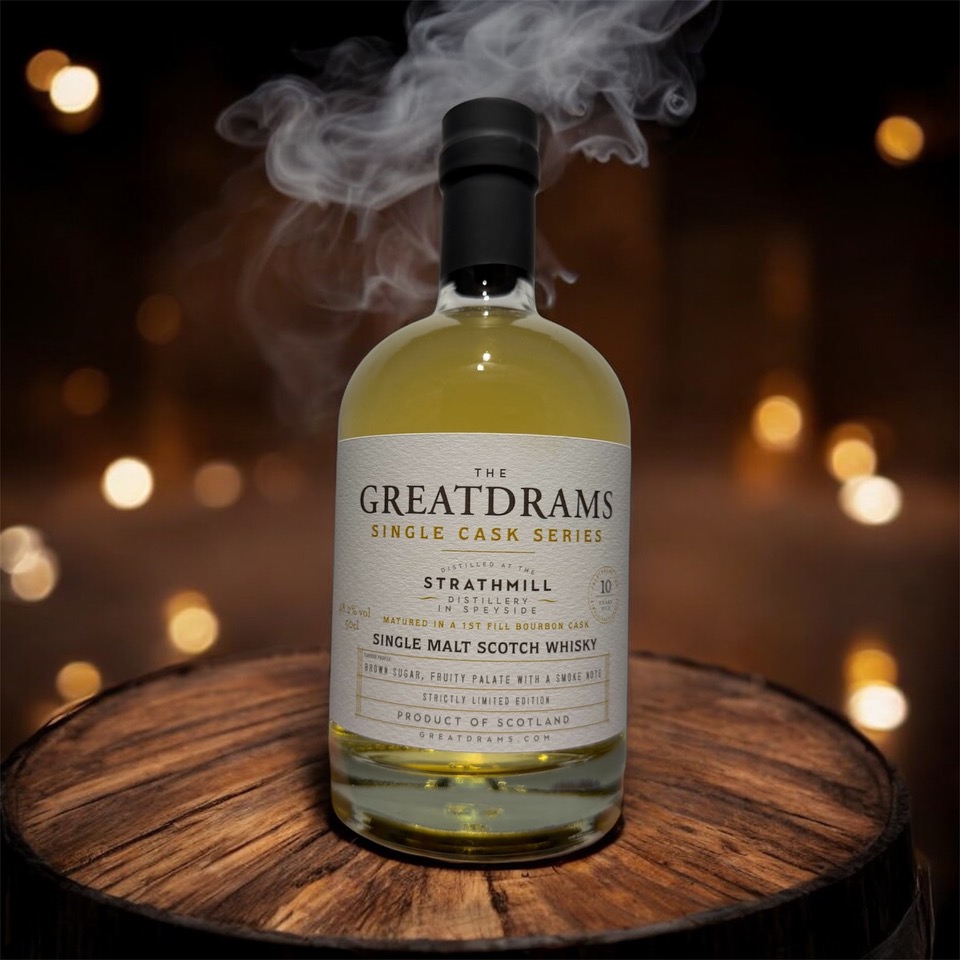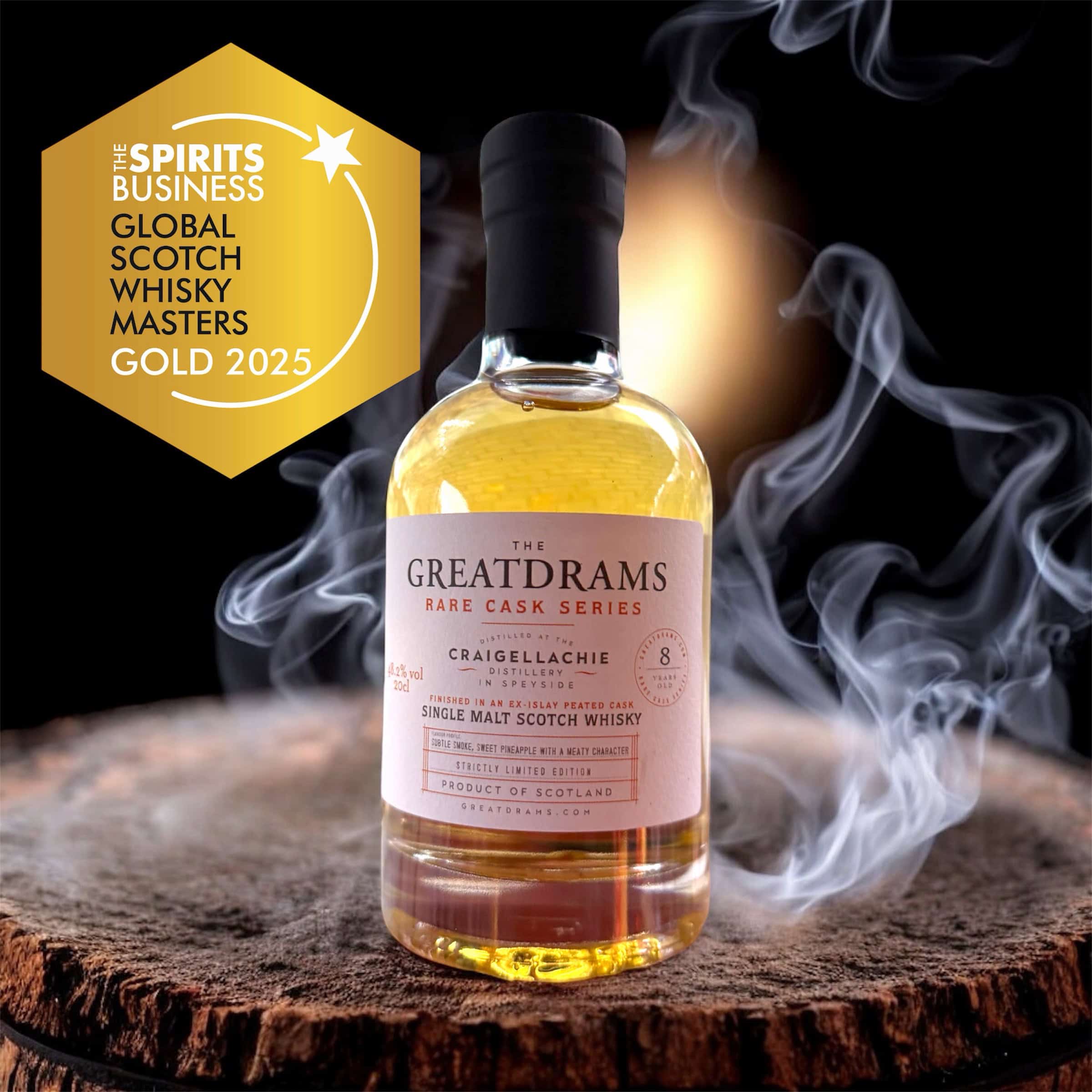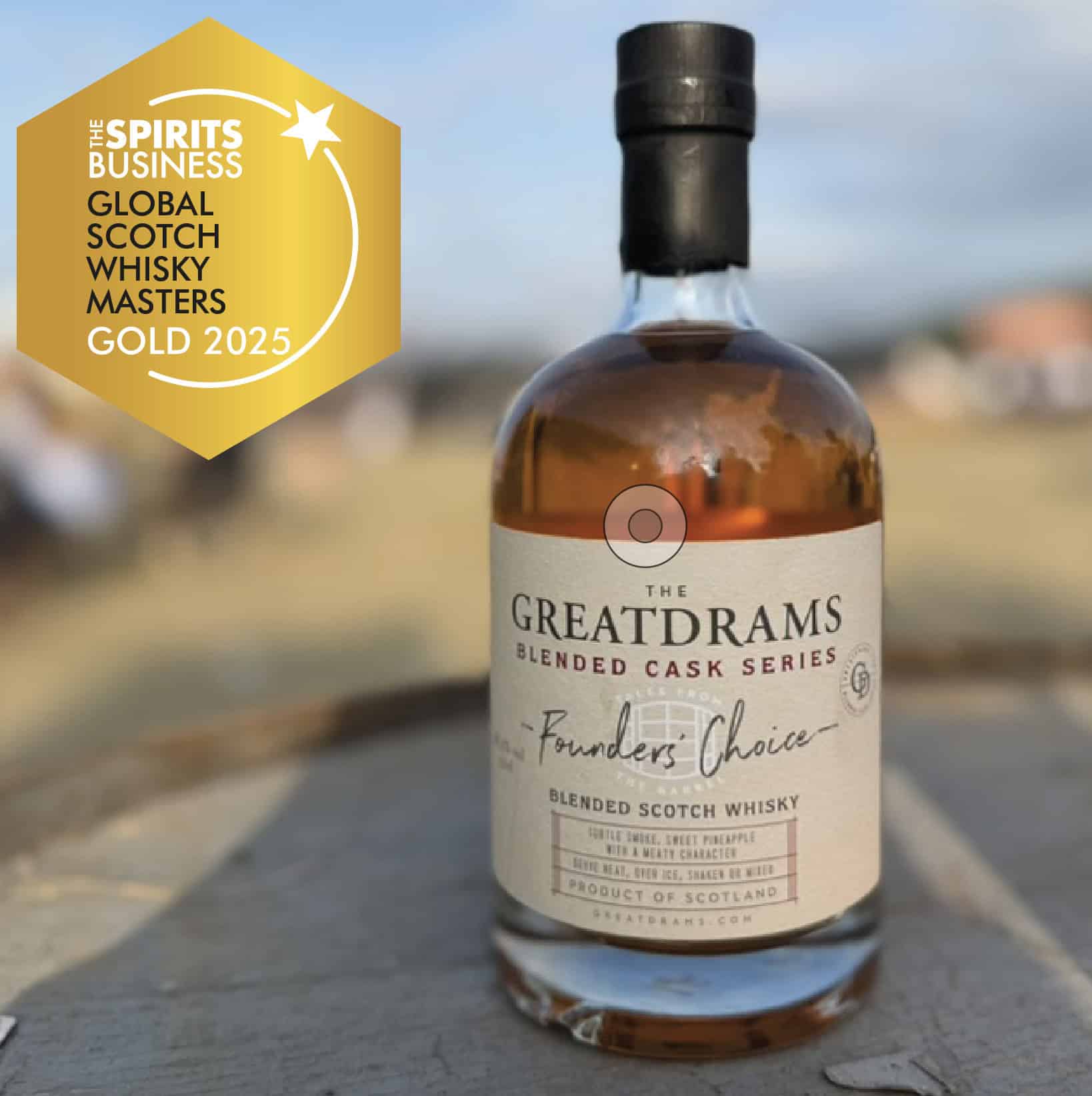Dillon vs Wells and a few thoughts on blind tasting
let’s begin
Unless you happened to be an incredibly secure character at school, you’ll know the deal. A couple of the big kids are doing something fun, and you want to join in. Partially because it’s fun (obviously), and partially (if you’re honest with yourself) because you want to be part of what the big kids are doing.
So when the big kids of the whisky blogging scene (Greg and Malt Review’s inimitable Mark Newton) challenged each other to a blind tasting, I took to twitter and digitally hollered the adult equivalent of “can I play?” Though actually, why shouldn’t the adult equivalent of “can I play?” be “can I play?”?
Shortly thereafter I sent Greg an unlabelled sample of the Kilkerran Open Day 2016 bottling, which he covered here. The return sample was sent once Greg had completed his move to Manchester, and arrived on my desk a couple of weeks back. First thing in the morning; completely ruined my day’s productivity, but that’s because I’m an excitable child.
As soon as the bell went for the end of the day I was out of the office and straight home. Metaphorical bell, you understand, though I’ll dispense with the children analogies now; I promise I am actually allowed to legally drink whisky… Bottle was breached, cursory sniff was taken, sample was poured and notebook was flipped open beside me.
But let’s pause there for a moment, because the practice of blind tasting is one that’s worth a smidge of consideration.
Ostensibly, blind tasting is the only way to give your fully objective opinion of a whisky. (Or wine/beer/cider/cat-food brand [delete as appropriate].) It theoretically frees you of biases and prejudices, it strips away distracting information and it forces you to focus on the drink alone.
I’ve lost count of the number of people who sneer at non-Scotch malt when they know what they’re facing, but proclaim their admiration when it’s just amber liquid in a glass. Or take me, for example – I’m quoted as saying Aberlour A’Bunadh is my favourite whisky for under £50. But one day some vicious ne’er-do-well will doubtless hide one next to a similarly secret Glenfarclas 105, and when that day comes I can only hope I get my call of “heads” right.
Blind tasting also exposes you; makes you really think; underlines any shortcomings or gaps in your experience. Not tried Rye before? Then that spicy kick will mean nothing. Didn’t know countries outside of Scotland use peat? Then good luck when Paul John Bold crosses the table. And who hasn’t indulged in a bit of a smile when a trained expert, or a particularly vocal individual comes unstuck on confronting an anonymous glass?
The problem with objective blind tasting is that it effectively requires the taster to be a robot. Human nature being what it is, we start guessing the end before we’ve even finished the beginning. We want to skip to the last page of the book. No one, on being presented with a glass, can ever truly extinguish the irritating light in the back of their head that immediately flashes: ‘WHAT IS THIS?’
And so we start guessing. I don’t care how expert or practiced you are. I taste up to fifty wines a week at work, and countless more for my wines and spirits diploma. And that’s without getting into all the whiskies I pump my salary into. (I do have a life outside alcohol; I play hockey and everything.) But that light never goes off. Dark colour: “I wonder if that’s a sherry cask?” Slight hint of peat: “hmm, could that be Highland Park?” Bit of meatiness: “do I have a Mortlach here?” You know the drill.
And once an idea pops into your head, it’s very hard to ignore. Just ask the cast of Inception. You want to be right. You want to be validated. You want to have ‘won’ at blind tasting. Most of all, you don’t want to look like an idiot. And so you subconsciously ignore the niggling uncertainties. You shoehorn your blind tasting into what you want it to be. Perhaps you try to second guess the person presenting you the sample. “Ah, she’ll give me something off-piste…he knows I’ve said mean things about this distillery before…hang on, is this even whisky?” Sound familiar?
Blind tasting can be influenced by all sorts of things. Your mood; what you’ve eaten recently; the temperature of the room; the time of day – even what music is playing (or not playing) in the background. And if you’re on the spot and nervous about getting it wrong, you haven’t a hope. You stress, you panic and your common sense slips. Which is why most tasting competitions worth noting are judged anonymously. No one does their ‘best’ tasting under pressure.
So yes – everyone should do some blind tasting once in a while. It’s fun! But stop worrying about getting the whisk(e)y right. After all, with so many countless thousands of whiskies in production, what realistically are your odds? You might get the distillery or producer from time to time. Heck, you might once or twice nail the whole shebang. But you’ll have missed the point of whisk(e)y in the process: to enjoy it. After all, the end is just a tiny part of the journey. You’re really best off taking the Ferris Bueller attitude. It’s a pretty hollow ‘victory’ otherwise – if you even score the victory at all.
And we’re back in the room. (At my house, in case you’d lost track. Wouldn’t blame you.)
My cursory sniff (ok, I also took a cursory sniff at the office when it arrived, but so would you if you’re human) raised some suspicions. Greg and I had set the rules as Single Malt Scotch of £50 or lower, but something about the aromas I found myself picking up suggested foul play.
Far be it from me to accuse my charming new boss of hoodwinkery, but I’m a mistrusting soul where blind tastings are concerned. (See: told you they bring out the over-thinker.) Besides, any holder of an Anfield season ticket who moves to Manchester has to have a wily streak about them. In as unaccusatorial a tone as I could manage I casually checked that the rules still stood. (Is unaccusatorial a real word? There’s a red squiggly line, but I feel in my heart that it deserves to be one.)
“It might well be on brief…or might have changed the game a little…who knows…” replied the Machiavellian Dillon, admitting that it was definitely a Scotch. Bet he steals from the bank when he’s playing Monopoly too. Deep mistrust smouldering in my bosom I returned to the task at hand.
I nosed, I scribbled, my brow furrowed, I nosed some more, scribbled some more, sipped a little, furrowed some more and scribbled a bit more for good measure. And then I proceeded to ignore all the advice I’ve just written above.
Straight away, I knew that it wasn’t a malt, and that it probably wasn’t under £50. Anyone who drinks as much bourbon as I do ought to know what distilled corn smells like. Which in Scotch terms more or less means either old, or North British. (Or both.)
But something about this one seemed to hint at a little more complexity. In the back of my mind, something niggled away, making me wondering whether Greg had also dispensed with the ‘single’ ruling. Which was when I stupidly decided to ignore most of the note I had just written, and start to play the man, not the ball. And in blind tasting that almost always ends in disaster.
My blended grain experience certainly isn’t vast. In fact, it’s Compass Box Hedonism, which I knew was not what I was tasting. But could I perhaps have its fancier ‘big brother’ Quindecimus in front of me?
Deciding for some reason that I was along the right lines on the blended grain front, I was torn between Quindecimus and The Exceptional Blended Grain, neither of which I had sampled previously. From what I had read, Quindecimus was the richer of the two, which tallied with what I had written. So, with great doubt and several second guesses, I presented Greg with my answer.
I was wrong.
In fact, what I had was the Cadenhead’s North British 1985 31 years old Single Sherry Butt at 54.6%. And believe you me, it holds that cask strength well – I’d never have guessed it was that high. The spirit also stands up remarkably well to the sherry – there’s not a hint of raisin, and the corn is really on song. Full note below:
Fruity. Some aspects of red berries, and some of orchard fruit (apples/pears). Plenty of sweetness; caramels and a good whack of vanilla. There’s a lightness of touch, but a great deal of depth too. Medium intensity of aroma, but very good complexity. Corn asserts itself. Slight meatiness in the background, with distinct, but not overpowering wood.
Alcohol clear, but completely controlled and kept in check by flavour on the palate. Flavours are more intense than aromas and crescendo significantly as you hold it in the mouth. Largely follow on from the nose, but bourbon-like aspects of caramel and dark sugars dominate particularly, wrapped in more of that red berry fruit. Possibly a touch of date.
More of that meatiness – not quite sulphur – on the finish, which is ever so slightly shorter than expected. Very well balanced and complex.
All in all, a delicious whisky, which I can’t thank Greg enough for. Particularly special, as it happened to be distilled in his birth month. He outfoxed me this time (though thank God I clocked it was Grain whisky – could have been a lot more embarrassing!) but you can be sure there’ll be a rematch.
In the meantime, two ‘morals of the story’ to take away from this. Firstly, when it comes to blind tasting, do as I say, not as I do! And secondly, if you play games with the big kids, be prepared for them to move the goalposts!
Cheers!




